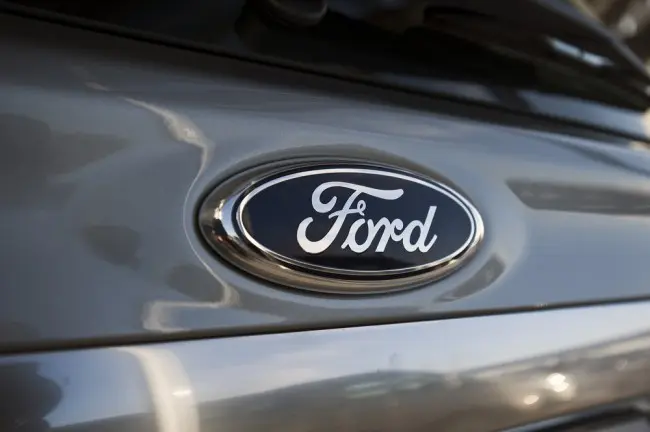“Our plan is to change the way the world moves, as Henry Ford did 113 years ago,” Mark Fields, the chief executive of Ford, told The Times at the Mobile World Congress in Barcelona.
He said that the company would treble its investment in driver-assist and autonomous car technology as it pushed its vehicles towards “semi- autonomous” functions that in turn will pave the way for a world where driverless cars become prevalent.
Mr Fields, who hopes to launch the new vehicle within three years, said that the word “autonomous” was over-used in the automotive and technology industries. He also said that a fully driverless vehicle capable of driving in all weather conditions with no human control was “many, many years away”.
Instead, Ford is working on adding features to mainstream vehicles that will set the agenda for the driverless future. Mr Fields said: “It’s like cruise control. Twenty years ago, 30 years ago, people were nervous about it. Now it’s not even given a second thought.”
Other innovations that Ford is working on include a button that will automatically parallel park a car and cameras that can read road signs and slow down a vehicle to avoid speeding tickets.
Ken Washington, the vice-president of research at Ford, said that some of its cars were already fitted with optical cameras that can read road signs, but he added that it was developing a system whereby the car would better understand what the messages mean. If the camera saw a sign for a roundabout, it would activate lights at night to ensure that the driver could see better around the curve of the road.
“We have one foot in today, one foot in tomorrow,” Dr Washington said of the development of semi-autonomous vehicles.
Ford has invested hundreds of millions of dollars in such advances as it fights the push by technology companies, such as Google, to encroach on the automotive market. It has committed $4.5 billion to developing electric vehicles to take on Tesla. “We’ve decided to disrupt ourselves,” he said.


